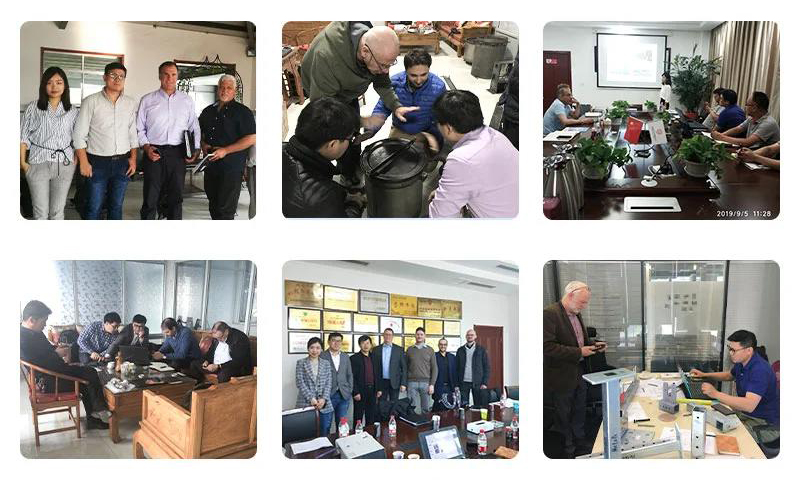- All
- Product Name
- Product Keyword
- Product Model
- Product Summary
- Product Description
- Multi Field Search



| Availability: | |
|---|---|
Product name : refrigeration parts 3003 battery aluminum microchannel tube cooling
The efficient Aluminum Microchannel Cooling Tube is a versatile and efficient solution for cooling applications across various industries. Its high heat transfer efficiency, lightweight construction, and compact design make it an ideal choice for applications where space is limited and efficient heat transfer is critical.
PRODUCT DESCRIPTION | ||
NO. | ITEM | DESCRIPTION |
1 | Material | AA6061, AA6063, AA3003 |
2 | Temper | H14 |
3 | Length | Up to 6 meters |
4 | Width | Up to 1 meter |
5 | Thickness | At least 0.5mm |
6 | Surface finish | Powder coating, oxidation, painting, etc |
7 | Color | Black, white, grey, silver, etc |
7 | Application | Typically used in heat transfer fields |



▲Multiple microchannel flat tubes
M-stirling’s microchannel tube applications



M-stirling's microchannel tube features

● Low weight
The low weight, compact size and reduced internal volume of an all-aluminum microchannel tube were key factors in its dramatic increase in popularity in the automobile industry. Their reduced size and weight lead not only to the lower transport and handling costs but also to the reduced cost of labour.
● Good corrosion resistance
The use of special long-life aluminium alloys and non-corrosive fluxes in the manufacturing process of microchannel heat exchangers provides significant corrosion resistance.
● High Heat Transfer Ratios
The contact between the tubes and fins of a traditional finned tube heat exchanger is mechanical, while the manufacture of the microchannel heat exchanger involves brazing, which provides the metallurgical bond between tubes and fins, eliminates contact resistance, and thus ensures higher heat transfer.
● Smaller Sizes, Compact Design
Microchannel heat exchangers with 32-mm tube width provide the almost equal performance as 6-row finned tube heat exchanger with the same face area. To replace a traditional heat exchanger with the lower number of rows, a smaller and therefore less costly microchannel heat exchanger can be used. Depending on the application, this may also permit to increase the heat exchanging surface.
● Lower Equipment Cost
The advantages of microchannel heat exchangers have led to a reduction in the overall cost of the equipment, which benefits from smaller heat exchanger size, and a reduction in the number of parts used in the construction.
Experience shows that the end cost of equipment that uses microchannel heat exchangers is at least 10% lower than that of equipment based on traditional heat exchangers.
Product name : refrigeration parts 3003 battery aluminum microchannel tube cooling
The efficient Aluminum Microchannel Cooling Tube is a versatile and efficient solution for cooling applications across various industries. Its high heat transfer efficiency, lightweight construction, and compact design make it an ideal choice for applications where space is limited and efficient heat transfer is critical.
PRODUCT DESCRIPTION | ||
NO. | ITEM | DESCRIPTION |
1 | Material | AA6061, AA6063, AA3003 |
2 | Temper | H14 |
3 | Length | Up to 6 meters |
4 | Width | Up to 1 meter |
5 | Thickness | At least 0.5mm |
6 | Surface finish | Powder coating, oxidation, painting, etc |
7 | Color | Black, white, grey, silver, etc |
7 | Application | Typically used in heat transfer fields |



▲Multiple microchannel flat tubes
M-stirling’s microchannel tube applications



M-stirling's microchannel tube features

● Low weight
The low weight, compact size and reduced internal volume of an all-aluminum microchannel tube were key factors in its dramatic increase in popularity in the automobile industry. Their reduced size and weight lead not only to the lower transport and handling costs but also to the reduced cost of labour.
● Good corrosion resistance
The use of special long-life aluminium alloys and non-corrosive fluxes in the manufacturing process of microchannel heat exchangers provides significant corrosion resistance.
● High Heat Transfer Ratios
The contact between the tubes and fins of a traditional finned tube heat exchanger is mechanical, while the manufacture of the microchannel heat exchanger involves brazing, which provides the metallurgical bond between tubes and fins, eliminates contact resistance, and thus ensures higher heat transfer.
● Smaller Sizes, Compact Design
Microchannel heat exchangers with 32-mm tube width provide the almost equal performance as 6-row finned tube heat exchanger with the same face area. To replace a traditional heat exchanger with the lower number of rows, a smaller and therefore less costly microchannel heat exchanger can be used. Depending on the application, this may also permit to increase the heat exchanging surface.
● Lower Equipment Cost
The advantages of microchannel heat exchangers have led to a reduction in the overall cost of the equipment, which benefits from smaller heat exchanger size, and a reduction in the number of parts used in the construction.
Experience shows that the end cost of equipment that uses microchannel heat exchangers is at least 10% lower than that of equipment based on traditional heat exchangers.

